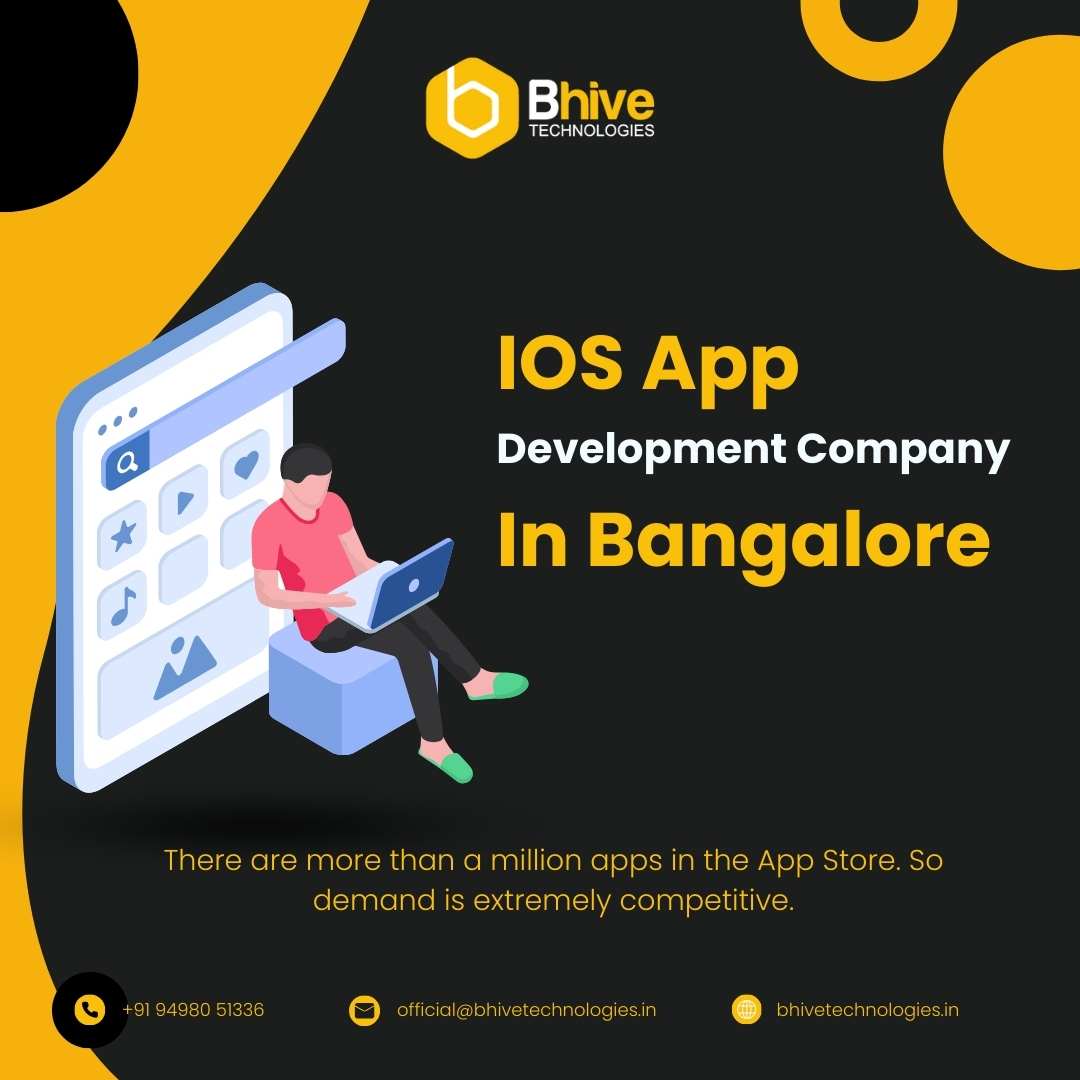


Generally, there are five main phases in an app development cycle.
Planning Phase – Before launching an app, it’s important to have a clear focus on what challenges the mobile app breaks, who’s the target followership, what features to include, and so on. Either, it’s important to carry out a comprehensive request exploration to ensure the app would be competitive in its request or request niche.
Design Phase – In this phase, the design team designs the stoner interface and experience, i.e., the aesthetics, the feel, and the navigation. The design is also adopted by mobile app creators.
Testing Phase – When the development is finished, it’s mandatory to test the operation. QA masterminds review the app to make sure it functions seamlessly and has no bugs.
App Launch & conservation – The customer’s testing and review of the app allows it to be launched and made available for download. However, this doesn’t mean that the process of creating apps is over, since each step has to be preserved and regularly optimized in order to meet the rapidly shifting needs of the customer.
There are more than a million apps in the App Store. So demand is extremely competitive. To make sure your app is well received and frequently downloaded, you need to do a thorough research to find out what apps are already out there. Also, see how these apps work and compare them to yours.
Adherence to App Store Guidelines, In addition, when creating an app for iOS, you must adhere to Apple’s strict guidelines. For this reason, all apps for iOS have a similar look without losing uniformity, and that’s why most of them are well made.
When the conception behind your app is clear, you need to validate the conditions for the design platoon. According to them, the platoon would also develop wireframes — arrangements of digital sketches showing how the app would look like. This design stage lays the foundation for the posterior app design process and the other way to create an app.
UI & UX Design A crucial process in creating an app. This step determines the stoner experience and how the app will look. The thing at this stage is to produce a design that’s both visually charming and easy to navigate essentially. UI and UX of the app should also misbehave with Apple’s guidelines.
Software Architecture The other major step that goes on alongside UI and UX design is the planning of the software armature. One of the most important steps in the creation of an iOS app, it takes into account the three components of the model view controller (MVC) paradigm: the data, the stoner, and the program. It involves all those measures taken to insure the flexibility and stability of the app.
Although the original phases of the iOS operation development process help in getting all the conditions ready and having the design of the app completed, the most critical phase of the entire trouble begins in the development phase. Only publishes Development When it comes to app functionality, reverse-end development is the core.
It includes the entire garcon- side development including the conservation and functioning, stoner account validation, account operation, push announcement services, third-party integration for social media spots, and stoner experience custom-make. APIs The operation Programming Interface (Only API) serves as a link between the front end and the reverse end of the mobile operation. APIs form one of the core factors in the apps’ development process.
After finishing all specialized app development phases, the coming step is the QA testing of the developed product. Testing or reviewing the app for iOS is a crucial step, considering how difficult the submission process is and Apple signing off on the app. The inventor must review the app for optimized performance, flawless stoner experience, debugging, optimal memory operation, security, and thorough adherence to all guidelines set forth by Apple.
An app development process never ends: the process of developing an app for iOS is complete when an app is successfully deployed to the App Store. Still, in reality, this process no way ends The launch of an app begins a nonstop process of app conservation. It comprises covering app operation through app analytics platforms, measuring its success through KPIs, doctoring any functional and security bugs that may arise at any time, and streamlining app features and/ or interface in the light of client feedback as well as the iOS conditions and new updates.
